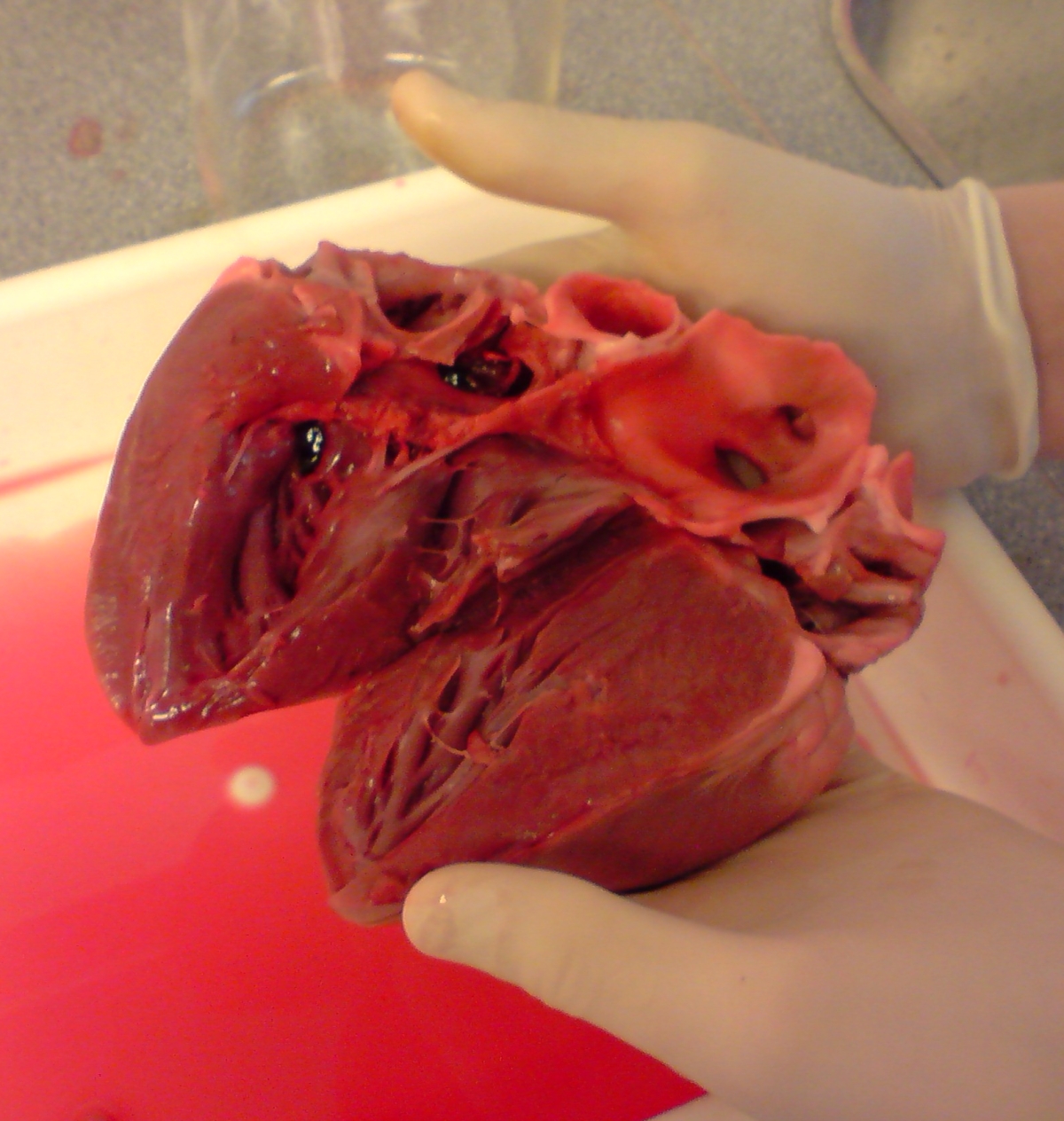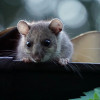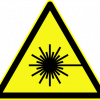How do cells know where they are?
Interview with
 Max - So, the basic question is how cells coordinate their shapes with one another to assemble large structures like tissues or organs. Our idea is that there are some general principles that'll be true across all of them and those are really what we'd like to find. To do that, we happen to be working on nerve cells and the cells that surround them in the nervous system. We've chosen those because cells have highly coordinated shapes that are very elaborate and are very carefully positioned with regard to one another. It's obvious in that case how their shape relates to their function. The function of a nerve cell is to transmit information from one place to another and it needs to have the right shape and make the right connections to do that. but our hope is that if we can understand how those cells come together and coordinate their shapes, it will also help us to identify general principles that we expect will hold true across all kinds of cells and all kinds of tissues.
Max - So, the basic question is how cells coordinate their shapes with one another to assemble large structures like tissues or organs. Our idea is that there are some general principles that'll be true across all of them and those are really what we'd like to find. To do that, we happen to be working on nerve cells and the cells that surround them in the nervous system. We've chosen those because cells have highly coordinated shapes that are very elaborate and are very carefully positioned with regard to one another. It's obvious in that case how their shape relates to their function. The function of a nerve cell is to transmit information from one place to another and it needs to have the right shape and make the right connections to do that. but our hope is that if we can understand how those cells come together and coordinate their shapes, it will also help us to identify general principles that we expect will hold true across all kinds of cells and all kinds of tissues.
Simon - What can we use the knowledge of those general principles for?
Max - A number of groups are interested in tissue engineering. To engineer tissues of course, you have to understand how they naturally assemble. Moreover, there's a number of diseases that result from failure of cells to properly assemble. Any kind of structural birth defect can be thought of as a failure in cells to properly assemble into larger structures.
Simon - Take me through your work. You're looking at the development of the nervous system. How do you go about even starting looking at this enormous problem that you have to go from single cells to multicellular organisms?
Max - We're looking at a small roundworm called Caenorhabditis elegans or C. elegans and much of the work has been done by really giants in the field who set the stage for all of us who follow. They determined how the single-celled fertilised egg that all of us start from, in the case of C. elegans, how that single fertilised egg goes through every division to give rise to every cell of the animal. Remarkably, in this animal, it's always the same number of cells that arise to exactly the same divisions. They also catalogued the contacts that every cell makes with every other cell which again is genetically determined in this organism, and the shape of all the cells. So, much of the hard work of cataloguing how cells turn into multicellular structures has been done and our job now is to try to understand the molecules, the genes that determine those programmes that control the assembly. Our basic approach is to take a cell that we think is interesting. For example, a single neuron and we have ways of expressing a label, a fluorescent label. So, we have that one cell glowing in otherwise not glowing animal. These animals are small and transparent so we can see the cells in the animals as they're crawling around. Since we can see it, we can see its shape and then we randomly mutate the DNA, disrupting genes at random. We look around across thousands of individual animals for one is, in which the shape of that particular neuron has been changed in some way and then we take that animal, we keep it, and we grow it. We check its progeny, its offspring, have the same defect and then we can use genetics to identify the gene that was mutated, the gene that was disrupted. And we know that the normal function of the gene must be to give the cell its normal shape. And then comes the really hard work of understanding how that gene, what protein it encodes and how that protein functions, to generate the shape of that cell.
Simon - Could you tell me a little bit about one of the genes that you've been looking at?
Max - So, one of the genes we've worked on the most is one that came out of the screen just like what I described where we had animals where we were able visualise a single neuron in the head. It was a sensory neuron that responds to smells in the environment and allows the worms to crawl towards things that smell good to them. The way it does that is this neuron, this nerve cell extends a thin sensory process called a dendrite out to the nose tip where it's able respond to the smells in the environment. We were able to identify mutants where we disrupted a single gene that ended up causing that neuron to fail to extend to the nose tip and identified what gene it was that we had disrupted. It's responsible for creating what's called an extracellular matrix, a meshwork outside of the cells. That didn't make too much sense to us until we looked more carefully at the early development of this nerve cell. It turns out that the nerve cell is born already at the nose and attaches to this meshwork and the nerve cells starts crawling away from the nose and dragging out the sensory dendrite behind it, much like a spider spinning a web. When you disrupt the gene, you're no longer able to make this meshwork to which the nerve cells attach. When the nerve cells starts crawling away from the nose tip, instead of stretching out, this dendrite behind it, it drags along the process with it and ends up with a dendrite that's much too short and fails to reach the nose. So, that's how this gene is able to promote all the proper shape of this nerve cell.









Comments
Add a comment